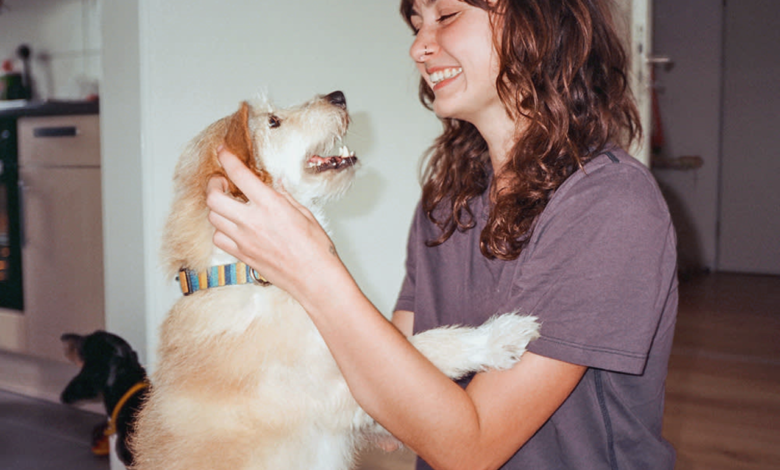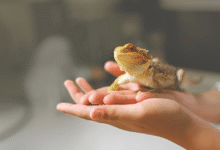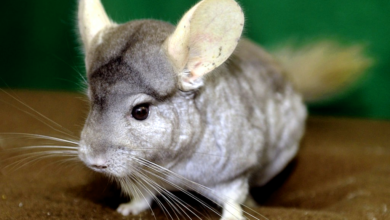
Understanding Your Dog’s Breed Behavior: What to Expect
Understanding your dog's breed behavior helps predict temperament energy needs & instincts Learn what to expect from different breeds for better care
Every dog owner knows their pet has a unique personality, but much of your dog’s behavior stems from its breed traits. Understanding your dog’s breed behavior is key to building a strong bond and meeting its physical and mental needs. Whether you have a energetic Border Collie, a protective German Shepherd, or a laid-back Basset Hound, each breed comes with instinctual tendencies shaped by generations of selective breeding. Recognizing these natural inclinations helps you provide better training, exercise, and care tailored to your dog’s specific requirements.
While upbringing and environment play a role, genetics heavily influence how your dog thinks and acts. A Siberian Husky may never outgrow its desire to run, just as a Beagle will likely follow its nose wherever scents lead. By understanding your dog’s breed behavior, you can set realistic expectations, prevent frustration, and create a happier life for both of you. This guide explores common breed behavior-specific traits and offers practical tips to help you work with rather than against your pets natural instincts.
Understanding Your Dog’s Breed Behavior
They have been bred for centuries to perform specific tasks, from herding livestock to guarding homes. These selective breeding practices have ingrained certain breed behavior into different breeds, making some more energetic, independent, or sociable than others. Understanding these breed behavior-specific traits can help owners set realistic expectations and create a nurturing environment for their pets.
The Role of Genetics in Dog Behavior
Its behavior is heavily influenced by genetics. Breeds like the Border Collie and Australian Shepherd were developed for herding, which means they have high energy levels, intelligence, and a strong instinct to chase and control movement. On the other hand, breeds like the Greyhound, originally bred for hunting, have a strong prey drive and may not be suitable for homes with small pets. Even companion breed behavior like the Cavalier King Charles Spaniel have been selectively bred for their affectionate and gentle nature. Recognizing these genetic predispositions allows owners to provide appropriate mental and physical stimulation.
Common Breed Groups and Their Behaviors
Herding Breeds
Herding breeds, including Border Collies, Australian Shepherds, German Shepherds, and Corgis, are among the most intelligent and energetic dogs in the canine world. Bred for generations to control livestock, these possess an innate drive to chase, gather, and direct movement a trait that often translates to their breed behavior in domestic settings. Their sharp minds, athleticism, and intense focus make them exceptional working dogs, but without proper outlets for their energy and instincts, they can develop problematic behaviors like obsessive circling, nipping at heels, or excessive barking. A simple walk won’t suffice these breeds require vigorous daily exercise, including running, fetch, or structured play. Without it, they can become anxious or restless.
Working Breeds
Working dogs breed for guarding, pulling sleds, or performing rescue operations. They tend to be strong, loyal, and protective, making them excellent guard dogs. However, they need early socialization to prevent aggression toward strangers. Consistent training and leadership are crucial to managing their dominant tendencies. Instinctual breed behavior Many herding dogs naturally try to control movement by staring, stalking, or gently nipping. Early training can help redirect these impulses appropriately.
Sporting Breeds
Sporting dogs bread are known for their friendly and outgoing personalities. Bred for hunting and retrieving, they are highly trainable and eager to please. They require regular exercise to prevent boredom and obesity, as they have a natural love for play and outdoor activities.
Positive reinforcement training
Positive reinforcement training to channel their drive productively. If given the right outlets, herding breeds make incredibly devoted, capable companions. However, they’re not ideal for sedentary households—their need for activity and purpose is nonnegotiable. Understanding and embracing these instincts is the key to a harmonious life with these remarkable dogs.Loyalty & Sensitivity .They bond deeply with their families and are highly attuned to their owner’s emotions, but they can also be sensitive to harsh corrections. Living with a Herding Breed: Daily physical and mental challenges (e.g., agility, advanced tricks, or herding classes). Structured routines.
Toy Breeds
Toy breeds were developed primarily for companionship. They are affectionate and often form rong bonds with their owners. However, they can be prone to separation anxiety and may exhibit excessive barking if not properly trained. Due to their small size, they benefit from gentle but firm discipline.
Terrier Breeds
Terriers are feisty, bold, and energetic. Originally bred to hunt vermin, they have a strong prey drive and may not get along with other small pets. They require structured training to curb their stubbornness and plenty of exercise to burn off their high energy.They thrive on predictability and clear expectations. Early socialization to prevent overprotectiveness or reactivity.
Managing Breed-Specific Behaviors
Understanding your dog’s breed tendencies is only the first step. Proper training, socialization, and exercise are key to managing these breed behavior effectively. For example, herding breeds benefit from puzzle toys and agility training, while scent hounds like Beagles may enjoy nose work games. Providing an outlet for natural instincts helps prevent frustration and unwanted behaviors.
Read More: Homemade Dog Treats: 5 Easy and Healthy Recipes
Conclusion
By taking the time to truly understand your dog’s breed behavior, you unlock the secret to a happier, more fulfilling life together. Whether you’re managing a high-energy working dog’s needs or accommodating a toy breed’s desire for constant companionship, recognizing these innate tendencies allows you to create an environment where your dog can thrive. Remember that while training and environment play important roles, those deep-rooted breed characteristics will always be part of your dog’s fundamental nature – and that’s something to celebrate rather than fight against.
As you continue your journey together, let this understanding of breed behavior guide your expectations, training methods, and daily routines. The most successful dog owners aren’t those who try to change their dog’s essential nature, but those who learn to work with it. When you embrace your dog’s breed-specific traits while providing proper guidance and care, you’ll build an unshakable bond based on mutual understanding and respect. After all, your dog’s breed heritage isn’t just a footnote in their personality it’s a beautiful, living history that makes them uniquely who they are.
FAQs
How much does breed influence a dog’s behavior?
Genetics play a major role in temperament, but training, socialization, and environment also shape breed behavior significantly.
Can aggressive breeds be trained to be gentle?
Yes, with proper socialization, consistent training, and positive reinforcement, even protective breeds can learn good manners.
Do mixed-breed dogs exhibit specific behaviors?
Mixed breeds may show traits from their dominant ancestry, but their behavior can be more unpredictable than purebred dogs.
How can I manage a high-energy dog’s behavior?
Regular exercise, mental stimulation, and structured training sessions help channel their energy productively.
Are certain breeds better for first-time owners?
Breeds like Labrador Retrievers, Golden Retrievers, and Cavalier King Charles Spaniels are often recommended for beginners due to their friendly and trainable nature.







